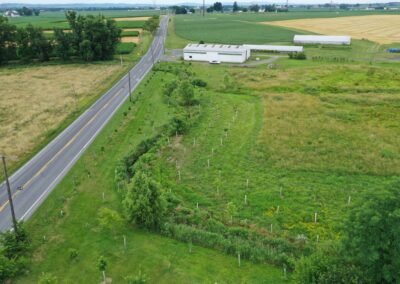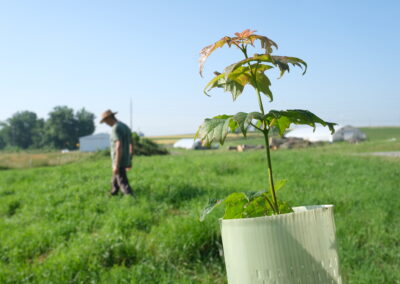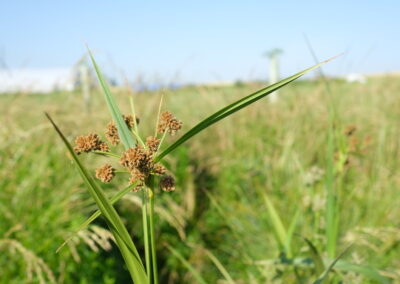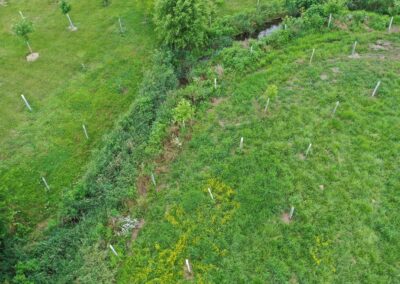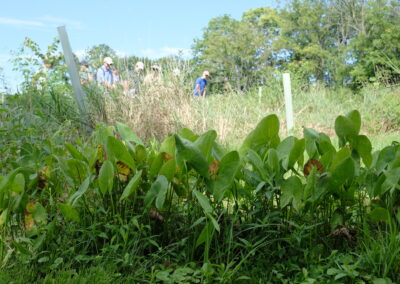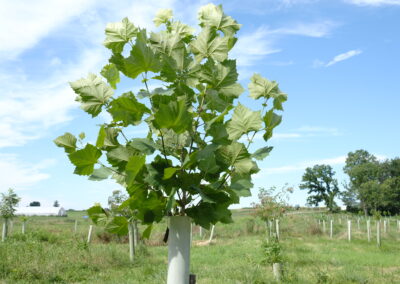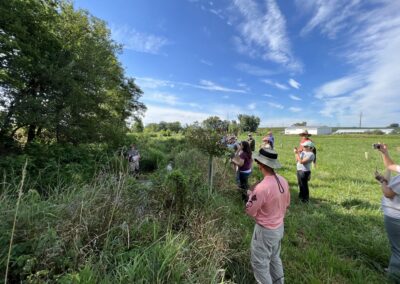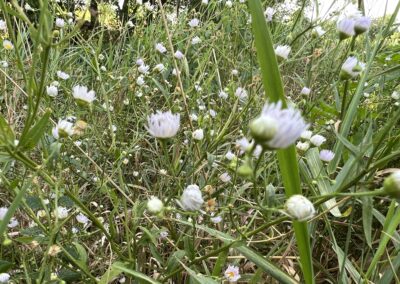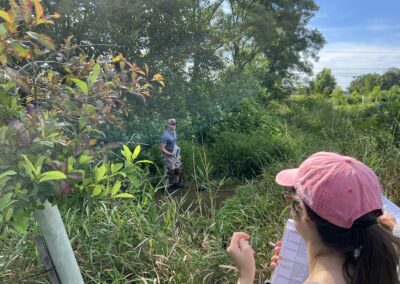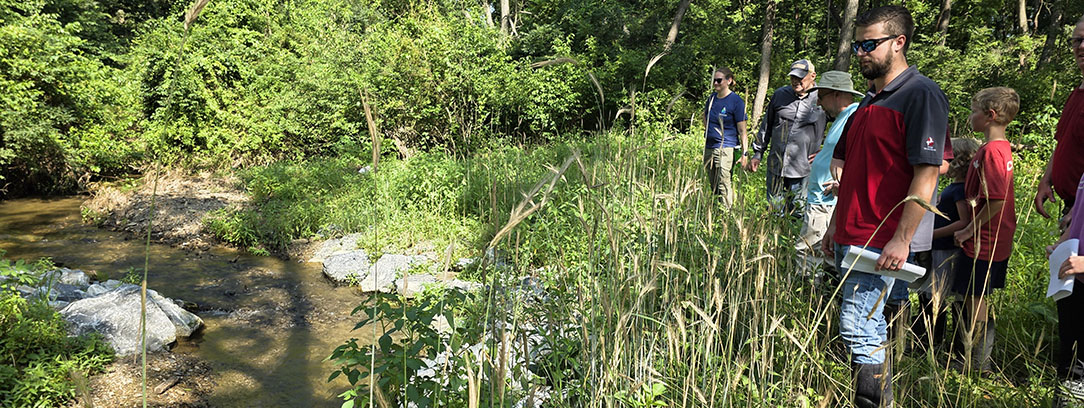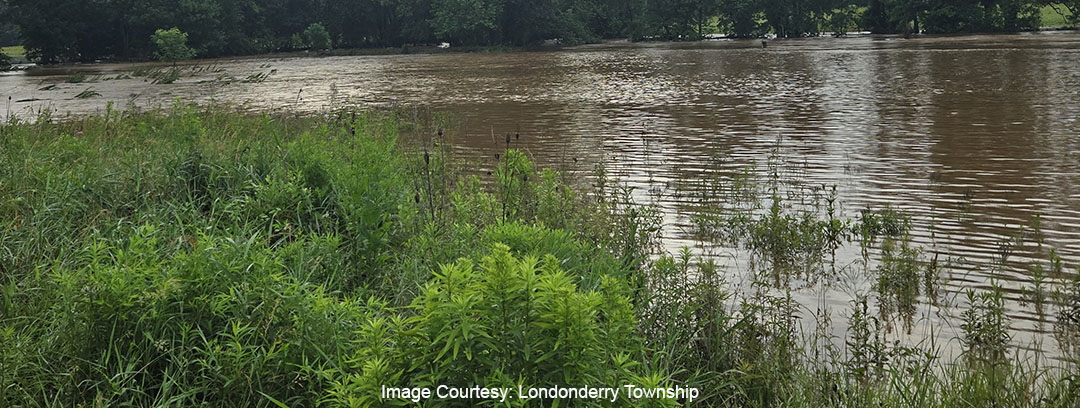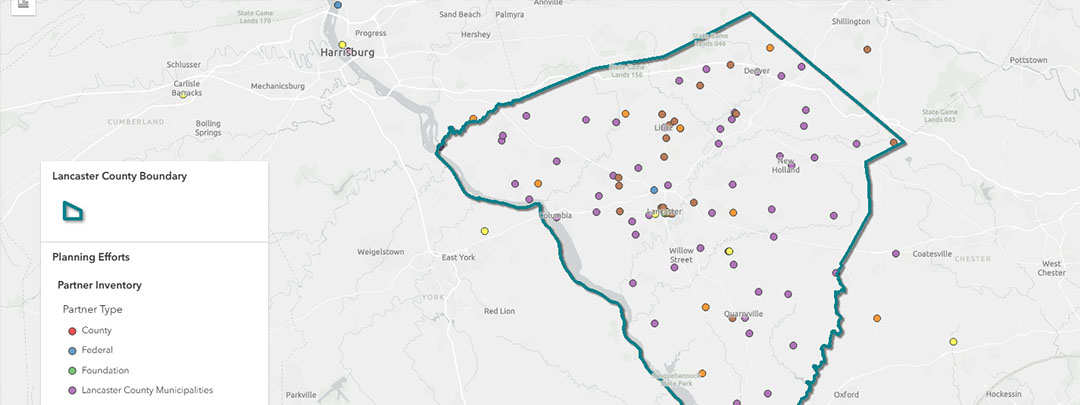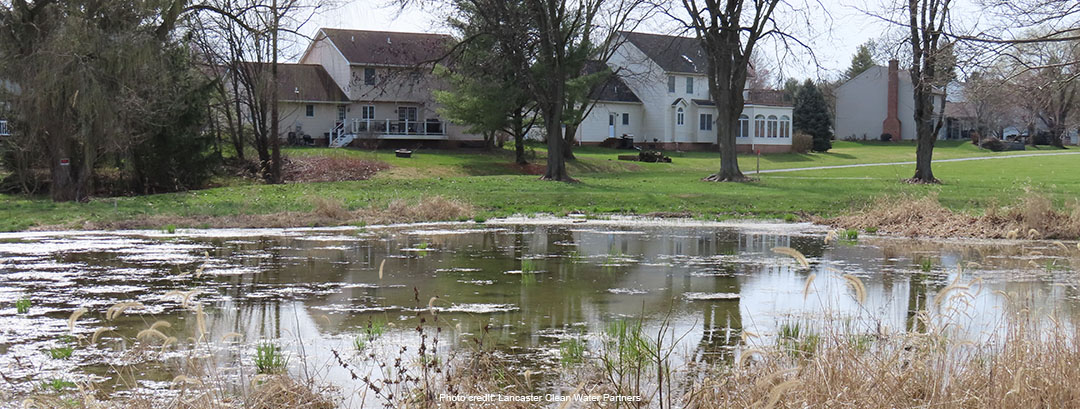Combining Buffers, Meadows, and Sustainability in the Chiques Creek Watershed

In the heart of the Chiques Creek watershed, a local landowner demonstrated that stewardship and sustainability can go hand-in-hand with natural beauty. Nestled along Dellinger Run, a newly established three-acre wildflower and grass meadow transformed a traditionally managed landscape into a vibrant, low-maintenance haven for pollinators, wildlife, and clean water.
This meadow planting built upon earlier conservation work on the property. In 2018, a stream restoration project and forested riparian buffer were installed. Just months later, the area endured major flooding on August 31. Thanks to the restoration efforts, the streambanks held firm, and the only visible impact was some sediment gently deposited on the newly reconnected floodplain. It was a powerful testament to the value of thoughtful, nature-based restoration.
Since then, the property owner actively stewarded the land with support from the Lancaster BEST Program (Buffer Establishment Support Team). The BEST program provided both funding and technical assistance to guide mowing, replanting, and overall care of the trees during the critical establishment phase.
In 2022, the landowner decided to expand the project by planting a meadow around the established riparian buffer to reduce routine maintenance and boost ecological value. Inspired by the success of a half-acre native meadow planted near the house in 2021, the family enjoyed watching native plants flower and thrive—and appreciated the reduced time spent mowing.
The new meadow project was funded in part by the 2022 Clean Water Fund and brought together several community partners to ensure success. The Chiques Creek Watershed Alliance managed the funds for the projects and maintained communication with the landowner.
The Penn State Agriculture and Environment Center served as the project coordinator, maintaining communication with the landowner and keeping the project on track. Their involvement continued beyond planting, as they remained in contact to support long-term maintenance and observe how the meadow matures over time. Lessons learned from this project—especially around combining meadows and forested buffers—will inform future efforts across the region. The site was also used to apply the First Investigation of Stream Health (FISH) community science protocol to measure changes in plant growth, stream bottom habitat, and wildlife presence. Penn State and CCWA worked together to plan and lead the public educational event.
This site also became an outdoor classroom. In 2020, the Lancaster Watershed Leadership Academy brought scholars to the property to learn about landowner outreach and project coordination. It was scheduled to be used again in 2023, with the enhanced meadow installation enriching the educational experience.
The planting included a Butterfly and Hummingbird Mix to support pollinators, paired with a Riparian Buffer Mix of grasses and shade-tolerant species that will thrive under the maturing tree canopy. Along Route 772, a Salt Tolerant Mix was installed to withstand road treatments and effectively filter runoff.
This completed project stands as a model for combining beauty and functionality. It shows how landowners, with the support of local partners, can create landscapes that are not only easier to maintain but also resilient, ecologically rich, and inspiring to others.

